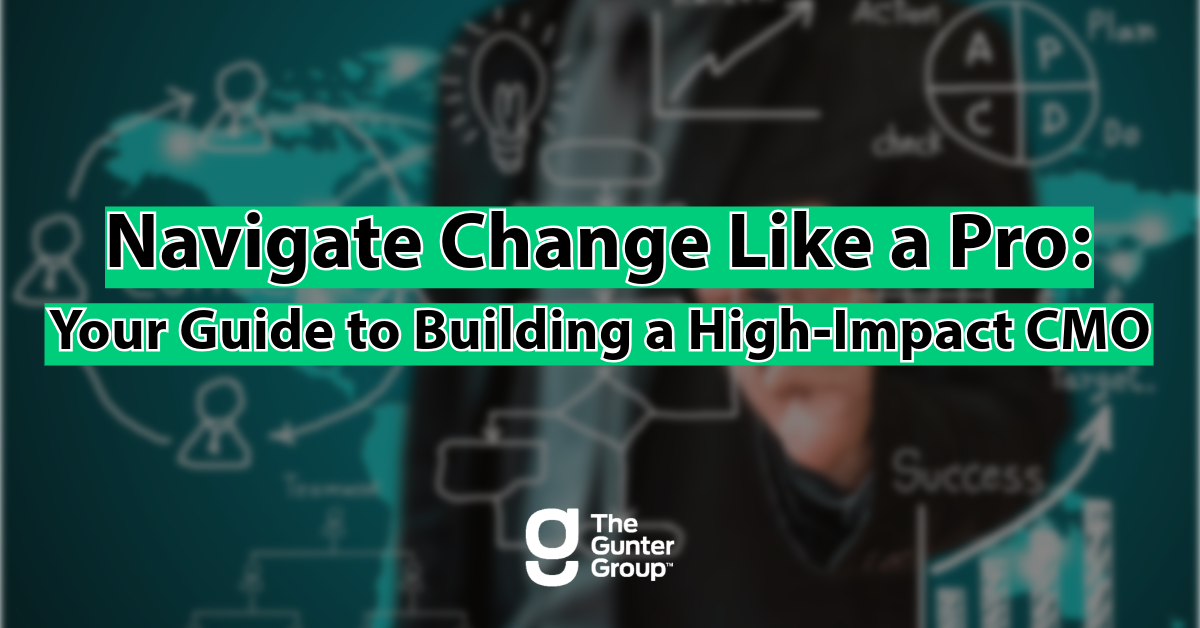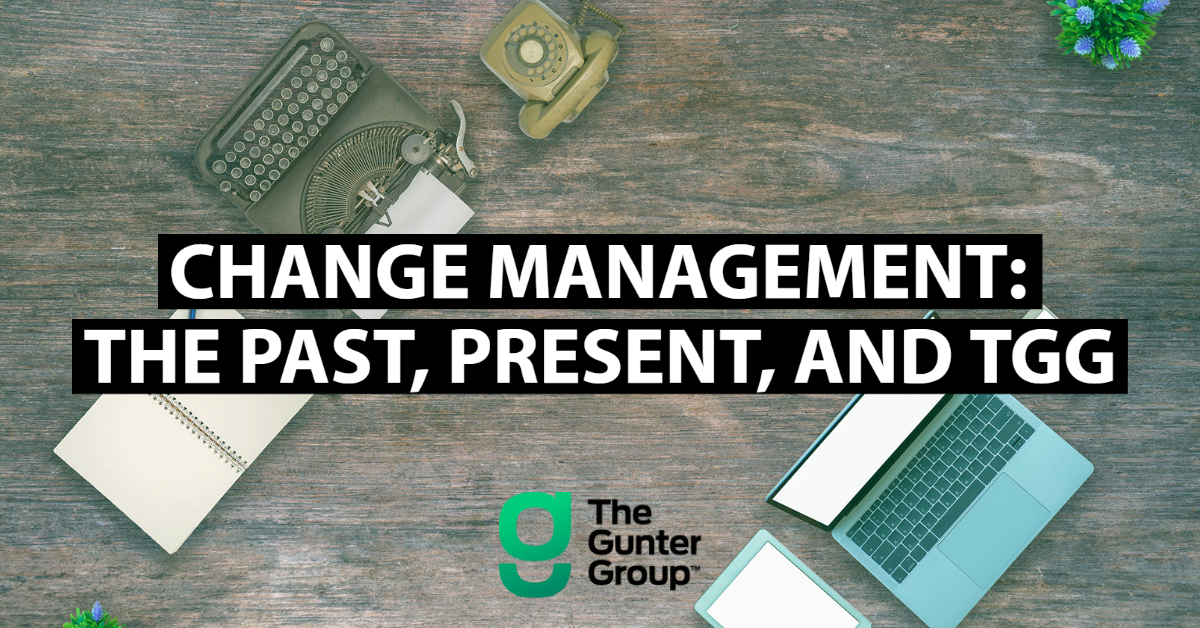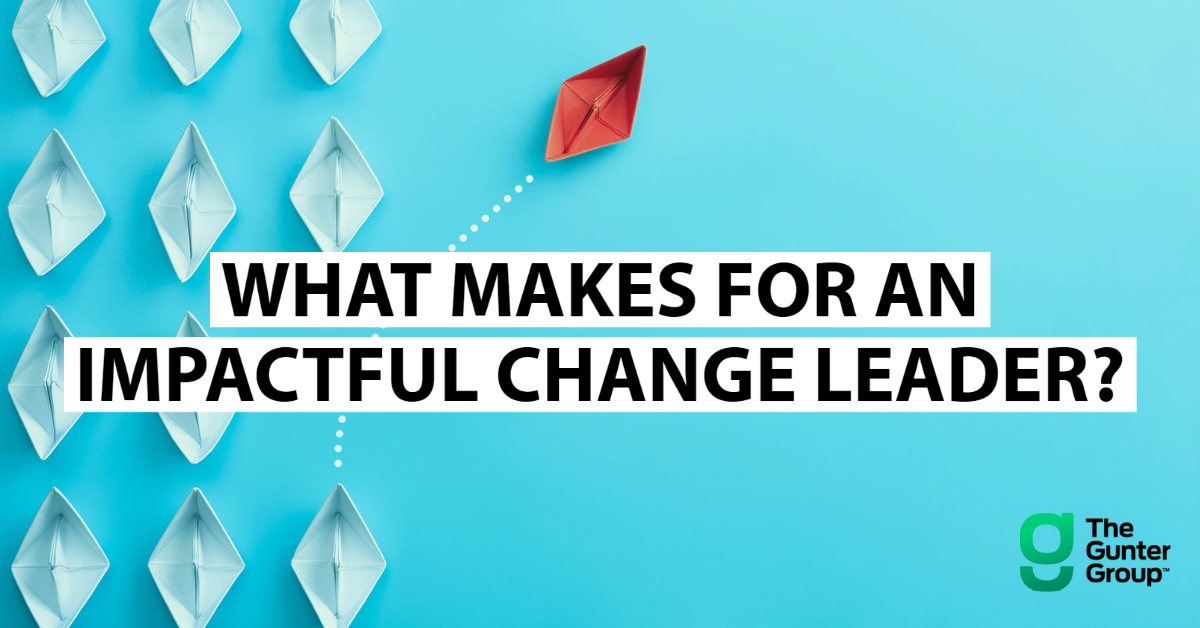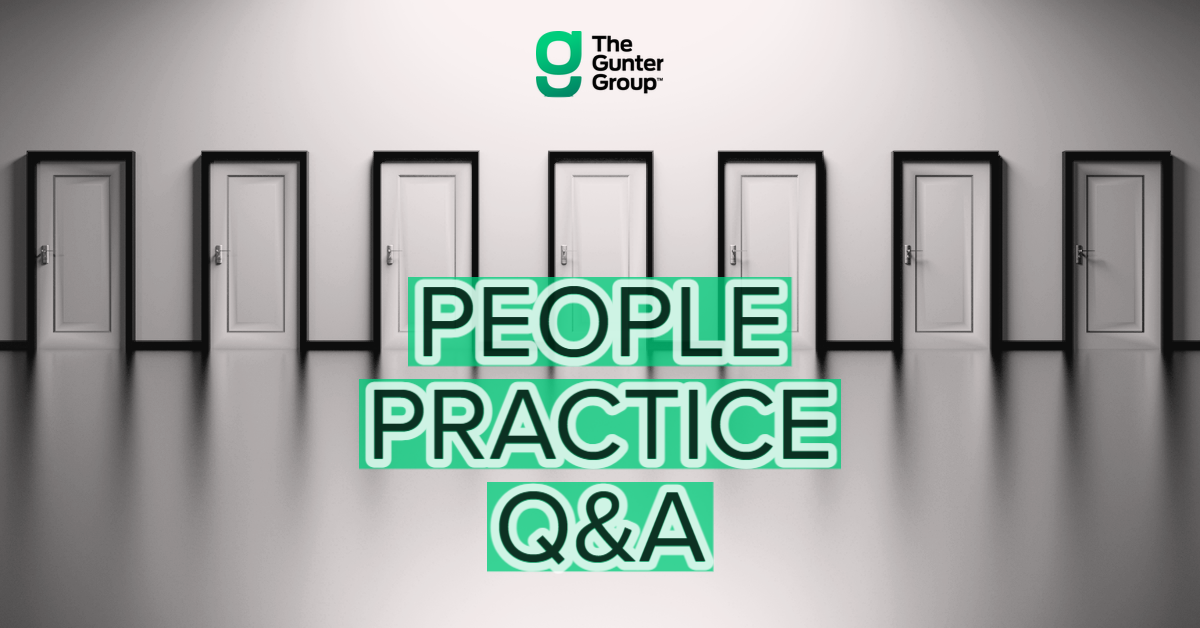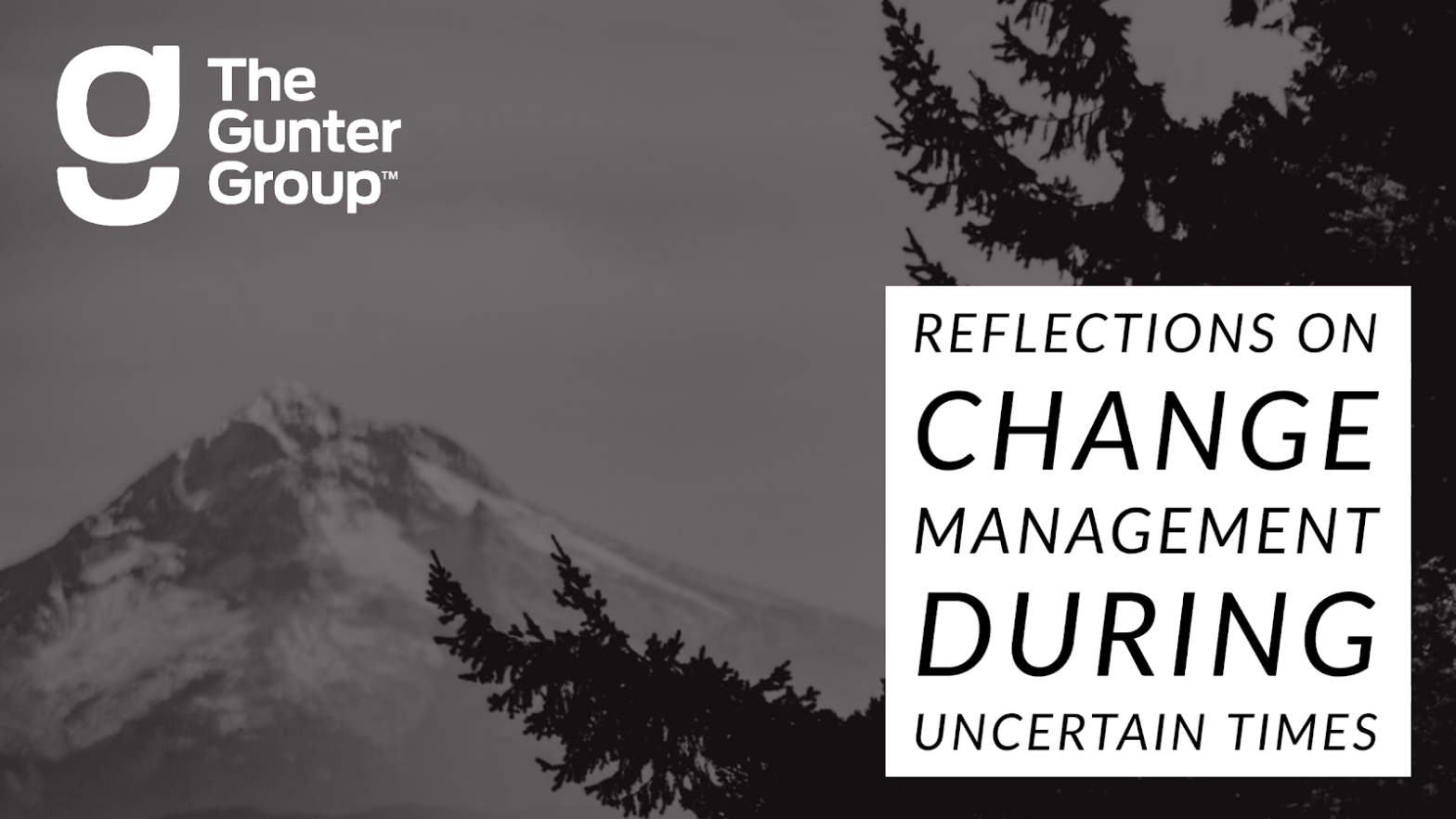Change is inevitable, whether it’s implementing new technologies, building new processes, or planning for a new organizational design. But how can you navigate change smoothly and effectively? That’s where a well-structured Change Management Office (CMO) comes in. A CMO is more than just a team of experts in change; it’s a central hub in your […]
Tag Archives: Change Management
CHANGE MANAGEMENT:
THE PAST, PRESENT, AND TGG
People are hardwired to be cautious of change. However, in today’s rapidly-evolving business climate, organizations must find ways to support employees through inevitable changes.
WHAT MAKES FOR AN IMPACTFUL CHANGE LEADER?
Impactful change leaders understand not only the holistic process of change but also the strategic tools and steps needed to help guide them in executing change. Here are seven components of impactful change leaders.
PEOPLE PRACTICE Q&A WITH
KARA O’CONNOR
Kara O’Connor, Service Delivery Manager for TGG’s People Practice, details the impact and focus of TGG’s recent People Practice work.
REFLECTIONS ON CHANGE MANAGEMENT IN UNCERTAIN TIMES
The Gunter Group hosted the ACMP Pacific Northwest chapter’s monthly Coffee Chats in April, May, and June. Just as everyone was figuring out how to deal with so many things changing, we facilitated a three-part webinar series entitled ‘Reflections on Change Management in Uncertain Times’.
REFLECTIONS ON CHANGE MANAGEMENT IN UNCERTAIN TIMES: PART THREE
The Gunter Group hosted ACMP Pacific Northwest’s June Coffee Chat and last session in our series on ‘Reflections on Change Management in Uncertain Times’.
TGG HOSTS ACMP’S JUNE COFFEE CHAT
We invite you to join us on June 12th for ACMP Pacific Northwest’s monthly Coffee Chat as we wrap up our three-part series around ‘Reflections on Change Management in Uncertain Times’.
REFLECTIONS ON CHANGE MANAGEMENT IN UNCERTAIN TIMES: PART TWO
The Gunter Group hosted ACMP Pacific Northwest’s May Coffee Chat and discussed topics with the change management community such as: How are we adapting in these uncertain times?
TGG HOSTS ACMP’S MAY COFFEE CHAT
We invite you to join us on May 8th for ACMP Pacific Northwest’s monthly Coffee Chat as we continue our three-part series around ‘Reflections on Change Management in Uncertain Times’.
